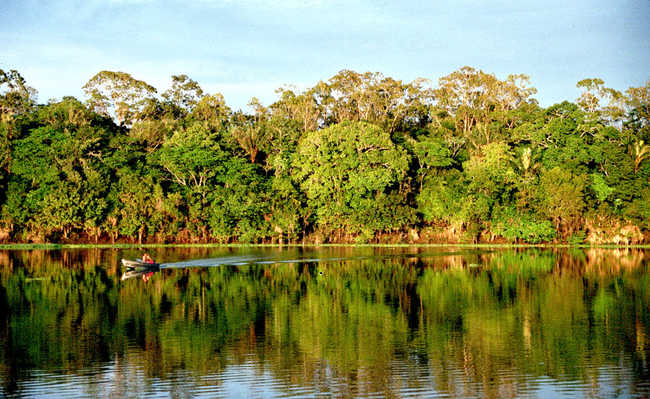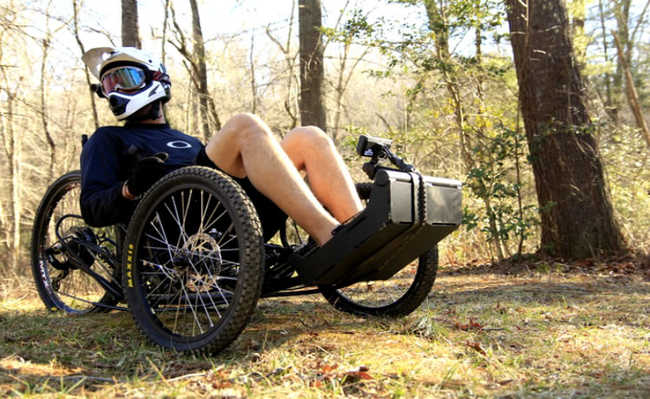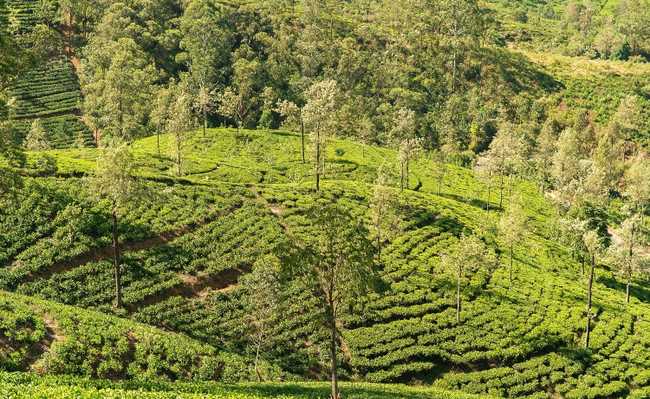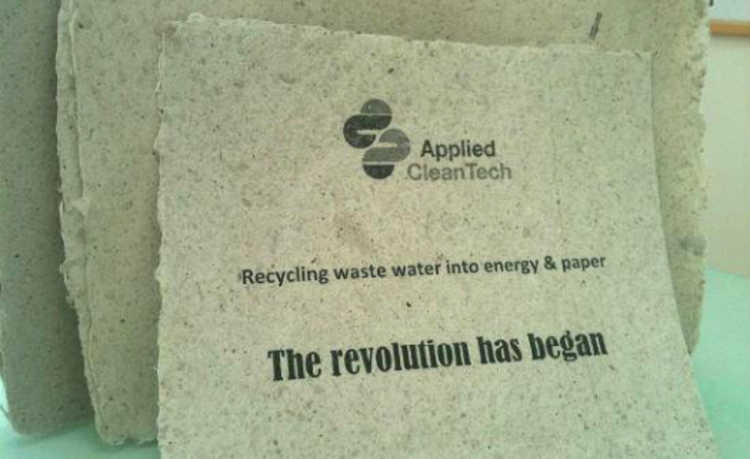Do you know the difference between dump and landfill?
Difference between dump and landfill is related to the treatment of urban waste

Edited and resized images by Agência Brasília and Hermes Rivera, respectively, are available on Unsplash and Flickr and licensed under CC BY 2.0
The treatment of urban waste is the main difference between dumps and landfills. The sanitary landfill is an engineering work designed under technical criteria, whose purpose is to ensure the correct disposal of urban solid waste that could not be recycled. For this, in addition to having effluent drainage systems, the soil is previously treated and waterproofed to receive these residues. The dump, in turn, is an inadequate form of final disposal of waste, which is characterized by the simple disposal of garbage on the ground, without measures to protect the environment and public health.
In Brazil, municipalities have the function of collecting and disposing of the generated waste properly. For various reasons, such as scarcity of resources, administrative deficiencies and lack of environmental vision, it is common for these residues to be disposed of in inappropriate places, such as dumps.
Inadequate waste disposal causes soil degradation, contamination of rivers and groundwater, and emissions of methane, a greenhouse gas responsible for intensifying global warming. Therefore, understanding the difference between garbage dumps and landfills is essential for everyone to contribute to the correct disposal of urban waste.
Waste or tailings?
To contribute to the correct destination, it is necessary to understand the difference between waste and tailings. Waste is anything that can be reused or recycled. This requires that the components of a given product be separated according to their composition. On the other hand, an item is considered rejected when all possibilities for reuse or recycling have already been exhausted. In this case, the only plausible destination is to send it to an environmentally licensed landfill.
- Learn more in the article "Do you know the difference between waste and tailings?"
Main differences between dump and landfill
Sanitary landfills are works designed for the safe disposal of urban waste. Regardless of the type, the design of a landfill must provide for the installation of elements for the capture, storage and treatment of leachate and biogas, in addition to upper and lower waterproofing systems. These elements are fundamental for the work to be considered safe and environmentally correct, and for this reason they need to be well executed and monitored.
Slurry drainage and treatment systems are the most important components of landfills. Leachate, also known as leachate or percolated liquid, is a dark liquid generated by the decomposition of organic matter in landfills and dumps or in composting. In addition to having a strong and unpleasant smell, slurry from landfills can pollute soil, groundwater and rivers.
In dumps, the leachate resulting from the decomposition of organic matter penetrates the soil, contaminating it. Furthermore, it is possible that this liquid reaches rivers and groundwater, contributing to the degradation of these environments. It is noteworthy that compost slurry is not toxic and can be used as a soil fertilizer and natural pesticide. In composting, the slurry results from the decomposition of pure organic matter, while in landfills and dumps, the various types of disposal are decomposed together and release a contaminated slurry whose disposal requires attention.
Landfills also have a gas drainage system. This system is made up of a network of adequate components, capable of preventing the gases generated by the decomposition of waste from escaping through the porous media that constitute the subsoil of the sanitary landfill and reaching septic tanks, sewage and even buildings. Methane is an example of a gas that is harmful to the planet that is captured and burned in landfills, which prevents its dissemination.
These structures are also not present in dumps. In them, the gases generated through decomposition are released directly into the atmosphere. A survey carried out by the Economics Department of the National Union of Urban Cleaning Companies (Selurb) points out that the irregular burning of waste discarded in landfills releases around six million tons of greenhouse gases a year. It's the same amount emitted by three million gasoline-powered cars in the same period.
In addition, the administration of a sanitary landfill provides for daily coverage of accumulated waste, preventing the proliferation of contaminants, bad smells and visual pollution. In dumps, waste is exposed to open air. Therefore, they also pose a risk of contamination for people and animals that live around them, as they can attract disease vectors.
In addition to all the environmental and public health impacts, landfills generate social problems. These places are frequently visited by the needy population to collect recyclable or reusable materials that were incorrectly discarded and can still be sold. In general, these people do not use safety equipment when handling garbage and are subject to accidents, such as cuts with broken glass or wood chips, and contamination by agents found in the garbage, such as liquids that leak from batteries and heavy metals.
End of dumps
Among the measures needed to mitigate the impacts caused by the incorrect disposal of waste, according to the National Union of Urban Cleaning Companies (Selurb), we highlight the end of garbage dumps that still exist in Brazil and the construction of new landfills capable of carrying out the environmentally correct tailings management.
Data from the entity and the consulting firm PwC show that more than half of Brazilian cities still incorrectly dispose of their waste in landfills, when it could be recycled or reused. Therefore, more severe punitive measures are needed to advance the National Policy on Solid Waste and the definitive end of landfills.
Now that you know the difference between a dump and a landfill, do your part and dispose of your garbage properly. Learn how to sort waste and find disposal stations for recyclables on the free search engine at eCycle portal.










